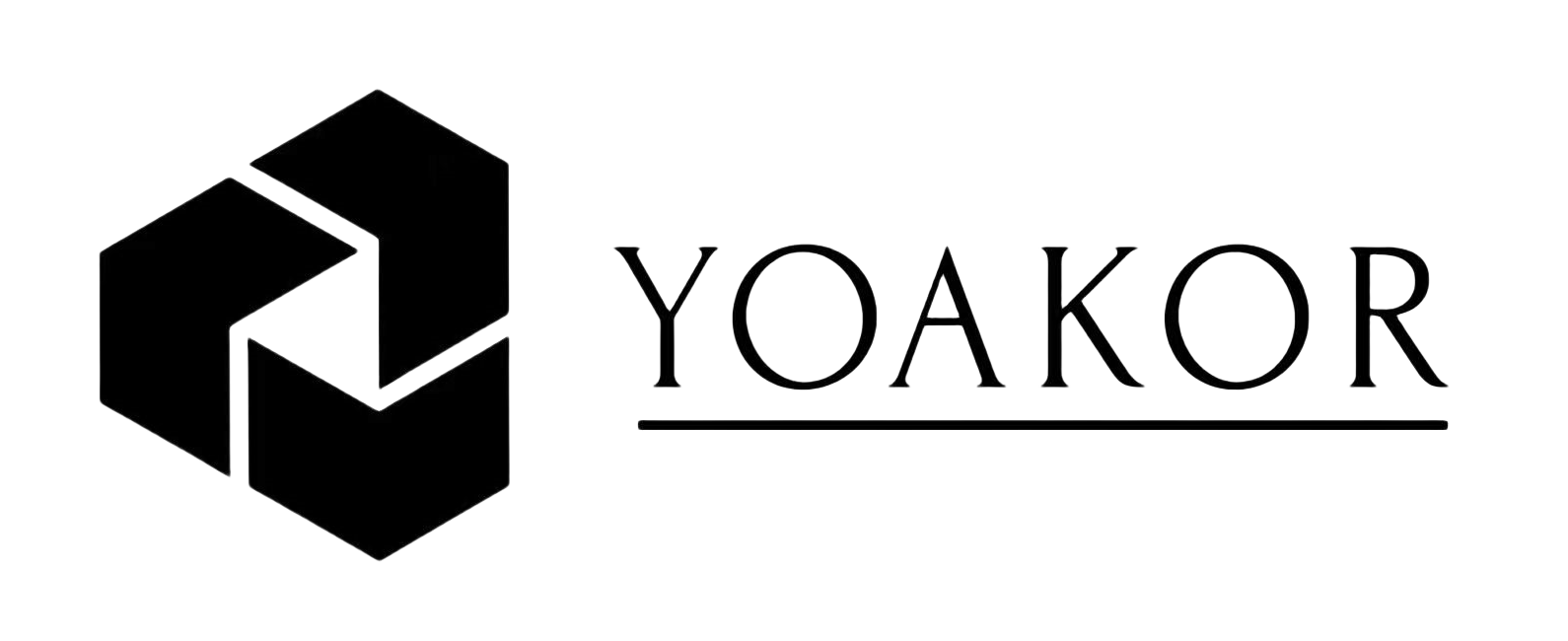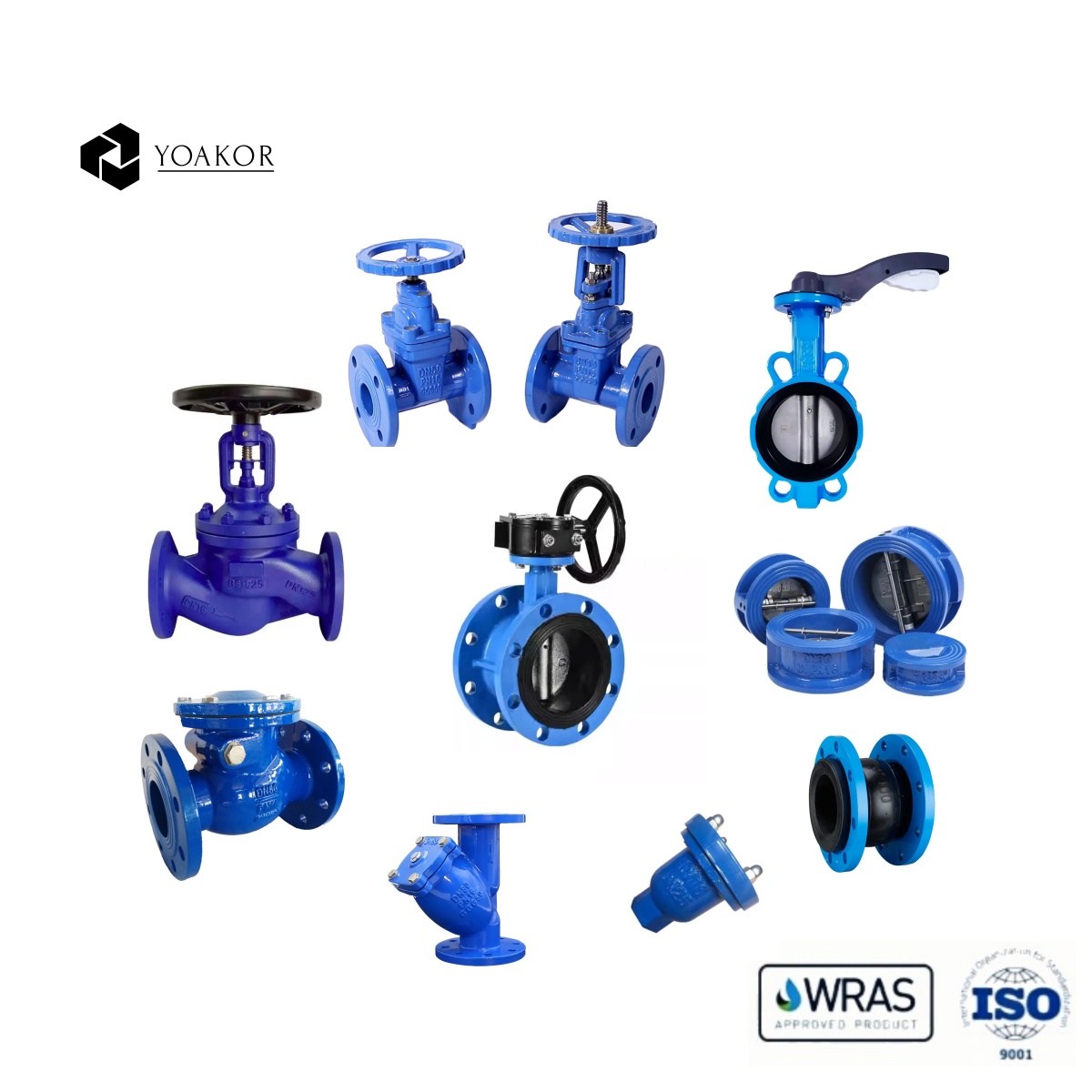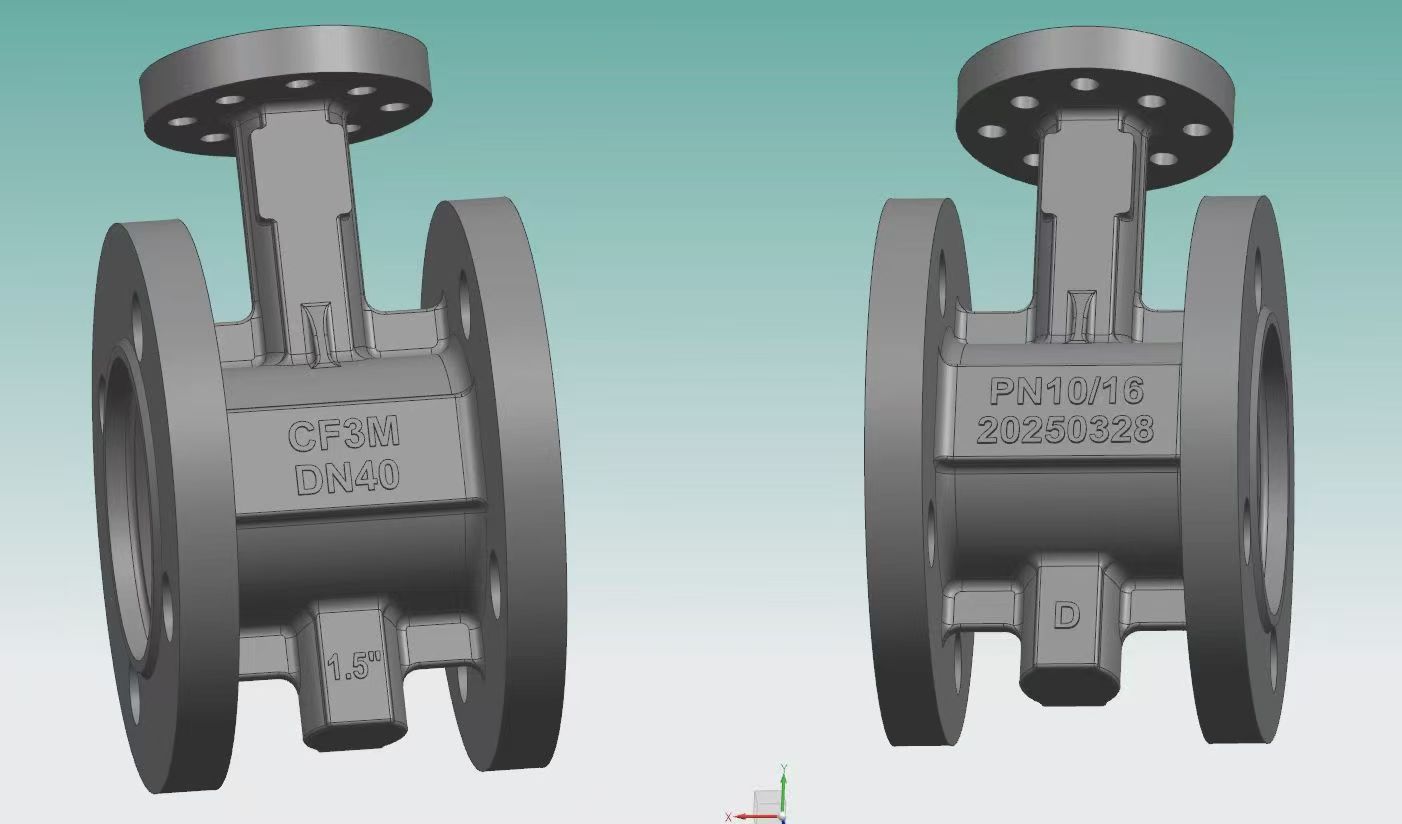Reasonable selection:
1. Meet process requirements: clarify the specific functional requirements of valves in the process flow. If you need to completely cut off the flow of fluid, you should choose valves with good cut-off functions such as gate valves and stop valves; if you need to adjust the flow, you can choose a regulating valve; to prevent fluid backflow, you need to use a check valve. According to the physical and chemical properties of the fluid such as density, viscosity, surface tension, corrosiveness, flammability, toxicity, as well as temperature and pressure requirements, select the appropriate valve type and material. For example, for corrosive media, you can choose valves made of stainless steel or corrosion-resistant alloys; for high-temperature and high-pressure media, you need to choose valves that are resistant to high temperature and high pressure.
2. Optimize flow characteristics: According to the requirements of the process flow for flow control, reasonably select valves with appropriate flow characteristics. For valves with linear flow characteristics, the flow rate and opening are in a straight line relationship, which is suitable for occasions where the flow change is required to be relatively uniform; for valves with equal percentage flow characteristics, the flow rate changes less at a small opening and changes more at a large opening, which is suitable for systems that require precise flow regulation under different loads; for valves with fast opening flow characteristics, the flow rate changes more when the opening is small, and they are often used in occasions that require rapid opening or closing.
3. Consider the pressure level: The pressure level of the valve must not be lower than the design pressure of the pipeline to ensure safe and reliable operation under working pressure. It is necessary to accurately understand the working pressure range of the pipeline and select valves with corresponding pressure levels. At the same time, it is also necessary to consider possible pressure fluctuations and shocks, leaving a certain safety margin.
Consider the full life cycle cost:
1. Procurement cost: Select valve products with reasonable prices on the premise of meeting process requirements and reliability. However, valves with unreliable quality should not be selected just for the pursuit of low prices. Factors such as the service life and maintenance cost of the valve should be comprehensively considered. By comparing the prices of different brands and different suppliers, valve products with high cost performance should be selected.
2. Maintenance cost: Choosing valves that are easy to maintain, such as valves with simple structure, good sealing performance, and strong versatility of parts, can reduce the difficulty and cost of maintenance. Formulate a reasonable maintenance plan, regularly inspect, maintain and repair the valves, promptly discover and solve potential problems, and reduce valve failures and replacement frequency. For example, valves with modular design, whose components can be quickly disassembled and replaced, can reduce maintenance time and cost.
3. Replacement cost: Consider the service life of the valve, choose durable products, and reduce replacement costs. High-quality valve products usually have a long service life, which can reduce the operating cost of the system to a certain extent. When selecting, you can refer to the service life data provided by the manufacturer and evaluate it in combination with actual use.
Improve energy efficiency:
1. Reduce fluid resistance: Optimize the valve structure, such as using streamlined valve disc and valve seat design to reduce the flow resistance of the fluid in the valve and reduce energy consumption. By using computational fluid dynamics (CFD) analysis, optimize the valve flow channel design, achieve smooth fluid flow and reduce the formation of vortices, thereby reducing the operating energy consumption of the pump and the energy consumption of the entire system.
2. Energy-saving valves: Choosing energy-saving valves, such as low-resistance valves, can reduce the energy loss of fluids passing through the valves. The design of such valves can reduce the turbulence and eddy currents of the fluid, thereby reducing pressure loss and improving the energy efficiency of the system. In addition, the use of valves with energy-saving and consumption-reducing characteristics, such as valves with energy-saving electric actuators, can also reduce energy consumption.
Establish a cost control mechanism:
1. Cost budget and tracking: Before replacing or purchasing valves, a detailed cost budget should be prepared, including various costs such as procurement, installation, commissioning, and maintenance. During the implementation process, actual costs should be tracked and analyzed regularly to ensure consistency with the budget.
2. Cost analysis report: Generate a cost analysis report regularly, conduct a comprehensive assessment of various costs during valve replacement or use, identify weak links in cost control, and put forward improvement suggestions.
3. Performance appraisal mechanism: Formulate performance appraisal indicators for valve management, include valve costs in the appraisal, and improve the cost awareness and sense of responsibility of managers.








